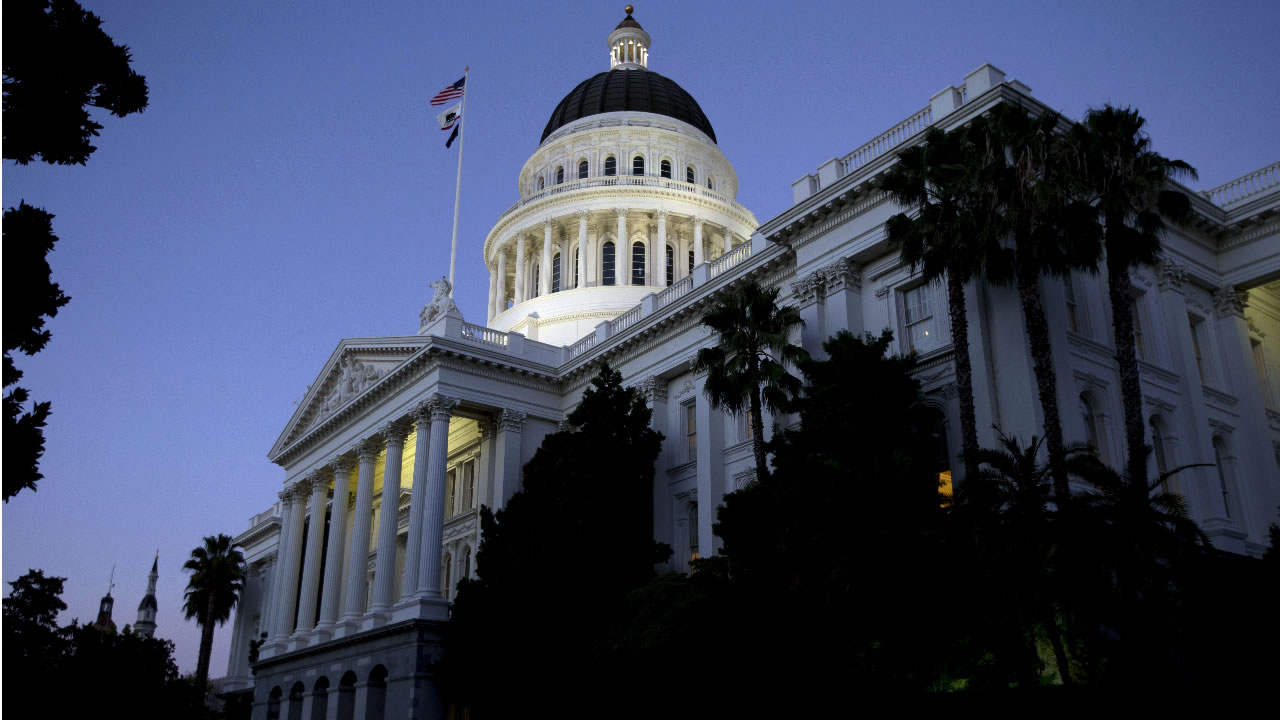Man behind plan to split California in 3 appeals to Supreme Court

SACRAMENTO, Calif. -- The backer of an initiative to split California in three asked the state Supreme Court on Friday to dismiss a lawsuit trying to remove it from the November ballot.
Venture capitalist Tim Draper wrote in a response to the court that there is not enough time to properly consider the legal challenge to his effort to divide the state. He said it would be inappropriate for the court to block the initiative from going before voters.
The Planning and Conservation League, an environmental group, filed the lawsuit Monday, arguing the measure exceeds the scope of an initiative because it would drastically alter California's government and constitutional framework.
RELATED: Proposal to split California into 3 states makes November ballot
"I have been given just a day or two to respond to a complex, multi-faceted attack on my Constitutional right to initiative," Draper wrote. "This Court's long history of jealously guarding the exercise of initiative power should not be cavalierly disregarded now, especially on such a truncated timetable."
Draper argued the "Cal 3" measure doesn't go beyond what can be accomplished in an initiative. If passed by voters, it would be only the first step toward splitting the state, he said.
He also said he wasn't properly served with the lawsuit, giving him less time to respond.
RELATED: Poll: One third of Californians still support plan to leave the US
The Cal 3 initiative would break the state into Northern California, California and Southern California. Draper has spent more than $1.7 million supporting it.
Supporters of dividing California argue the nation's most populous state has become ungovernable because of its size, wealth disparities and geographic diversity.
Passing at the ballot box is just the first hurdle.
RELATED: EXCLUSIVE: Leader of Calexit movement called into question for ties to Russia
The measure then directs the governor to ask Congress for the ultimate OK - likely a tall order. If Congress gave a green light, it would then be up the Legislature to determine exactly how the split would happen, including how the state's debts would be divided. Each of the three states would determine their own governance structure.
Lawmakers would only have 12 months after congressional approval to set the new rules; otherwise the state's debts would automatically split between the three new ones.















